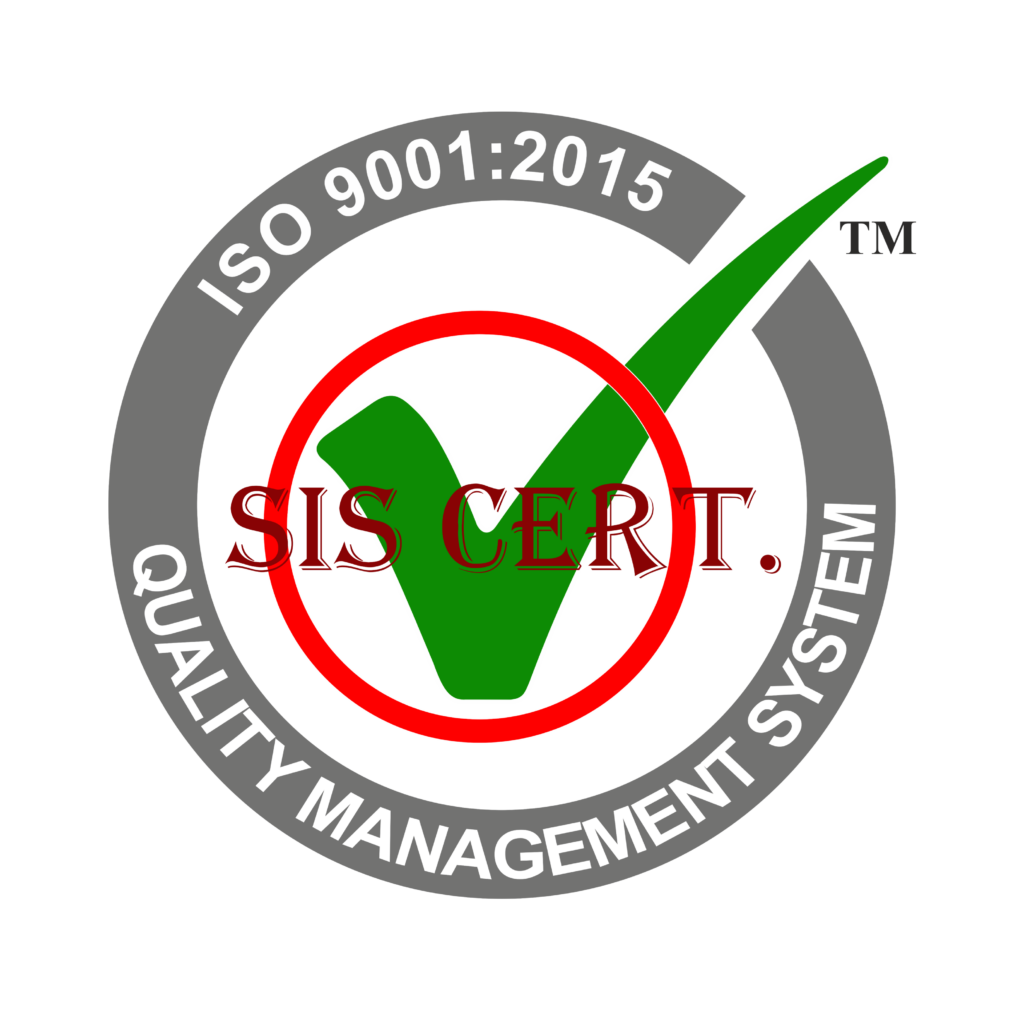Stainless steel production has long been a critical part of the global economy, and recent technological breakthroughs have revolutionized the industry.
Automation, rapid process optimization, increased efficiency, quality control, cost reduction, and sustainability are all key innovations reshaping global stainless steel production.
In this article, we explore the impact of these breakthroughs and set the stage for the future of the industry.
Key Takeaways
- Automation and robotics play a significant role in improving efficiency, reducing costs, and enhancing accuracy in stainless steel production.
- Process optimization technologies, such as artificial intelligence and machine learning, enable rapid improvements in production times, quality, and cost savings.
- Quality control measures, including automated systems and data-driven analytics, ensure continuous improvement in production quality and minimize flaws in finished products.
- The industry is actively focusing on sustainability and environmental impact reduction by exploring renewable energy sources, recycling scrap stainless steel, and reducing waste in the production process.
Automation Benefits
The automation of stainless steel production has enabled numerous benefits, including greater efficiency, improved safety, and a decrease in production costs.
This has been especially true in the context of stainless steel industry, where innovations in global stainless steel production have revolutionized global market trends.
Automation has enabled greater accuracy in production processes, allowing for the creation of more precise, higher quality products. Additionally, it has allowed for a reduction in labor costs and improved production speed.
Automated processes also provide enhanced safety, as robots are able to take on the more hazardous tasks that were once done by humans.
Finally, automation has also led to improved energy efficiency, allowing for a decrease in production costs and environmental footprint.
All of this has been made possible through the latest advancements in automation technology, which has allowed the stainless steel industry to remain competitive in the global market.
Rapid Process Optimization
Rapid process optimization is a key component of the automation benefits associated with stainless steel production.
Through technological advancements, production times can be drastically reduced while maintaining product quality.
This rapid process optimization can provide an essential advantage to global stainless steel production.
Automation Benefits
Streamlining stainless steel production processes, automation is revolutionizing the global steel industry, offering rapid process optimization and cost savings. Automation technology increases the accuracy and speed of production, reducing production times while increasing quality.
Additionally, automated processes reduce the amount of labor required to complete production tasks, allowing for greater cost efficiency. Automation also enables manufacturers to identify and address production issues quickly, minimizing the risk of costly delays and ensuring that products are of a consistently high quality.
With automation, manufacturers can improve their operations, reducing costs and increasing profits. Automation is allowing manufacturers to remain competitive in the global stainless steel market, setting them up for long-term success.
Quality Improvement
With the introduction of cutting-edge process optimization technologies, stainless steel production is undergoing a major transformation in terms of quality. Advanced systems are now enabling producers to optimize their processes more rapidly and with greater precision. This is allowing them to produce high-quality products in shorter lead times.
Automation is also playing a major role in this quality improvement, as artificial intelligence and machine learning are being used to identify areas of improvement and automatically adjust parameters. Additionally, predictive analytics are being used to better anticipate customer needs and help modify processes accordingly.
As a result, the global stainless steel industry is seeing a revolution in quality and cost savings.
Increased Efficiency
Boosting efficiency in the global stainless steel production industry is achievable through cutting-edge innovations. Technological advancements and innovative processes can help industry professionals optimize production and maximize efficiency. Automation and robotics can be utilized to reduce labour costs and increase production speed. This can simultaneously improve the quality and quantity of stainless steel products.
In addition, technology such as 3D printing can reduce production costs and help manufacturers create complex parts that are otherwise difficult to produce.
Innovative materials and processes can also increase efficiency. For example, the use of advanced alloys can help manufacturers reduce the amount of energy needed to produce stainless steel. This can drastically reduce production costs and help industry professionals become more competitive. Similarly, new processes such as electric arc furnace steelmaking can reduce pollution and create better quality steel.
By utilizing innovative techniques and processes, stainless steel producers can stay ahead of the competition and maximize efficiency. This can help them reduce costs and increase profits, while also helping to reduce their environmental impact.
It is clear that cutting-edge innovations are essential for the success of the global stainless steel production industry.
Quality Control
Continuing to improve production quality is a key component of modern stainless steel production. Innovative solutions are helping industry professionals to increase the quality of their output.
New techniques are being developed to monitor quality at every stage of the production process, from raw material selection, to forming, to heat treatment. This ensures that any irregularities can be identified and corrected before they become a problem. Automated quality control systems allow manufacturers to quickly and accurately detect any flaws in the finished product, and make adjustments to the production process on the fly.
New technologies, such as 3D printing, are also being used to create intricate shapes with precision and accuracy. This allows producers to make products that are more complex and have a higher level of quality control. Additionally, new materials are being used in production, resulting in stainless steel products that are stronger and more corrosion-resistant.
Finally, data-driven analytics are being used to monitor production and energy usage, ensuring that the highest quality products are produced with the least amount of resources. This data can be used to track production trends, identify areas of waste, and make improvements to the manufacturing process.
Cost Reduction
The stainless steel production industry is continually seeking new ways to reduce costs.
Automation efficiency and process optimization are two areas that have seen significant breakthrough innovation in recent years.
This article will examine the various cost reduction strategies that have been developed and their impact on global stainless steel production.
Automation Efficiency
By leveraging automation, stainless steel producers are able to reduce costs and increase efficiency. Automation can help streamline the production process, reduce human error, and ensure consistent quality. Automation also helps to increase production speeds and reduce waste.
Additionally, automation can help reduce costs associated with labor, energy, and raw materials. Moreover, automation can also help to reduce environmental impacts, such as emissions and water pollution.
In short, automation of stainless steel production can lead to greater efficiency, increased quality, and cost savings. Despite the numerous advantages of automation, it is important to recognize that it also requires a significant investment. Nevertheless, the potential cost savings and improved overall efficiency make automation a worthwhile investment for many stainless steel producers.
Process Optimization
Building on the potential for automation to reduce costs and increase efficiency, process optimization is becoming increasingly important in global stainless steel production. It is seen as a way to reduce costs and improve overall production efficiency. By streamlining processes and finding ways to eliminate wasteful steps, manufacturers can reduce costs and increase profits. This is while also improving quality and output.
Process optimization requires innovative thinking, with solutions that are tailored to each production process and plant. By analyzing data and identifying potential areas for improvement, manufacturers can find innovative solutions to reduce costs and improve efficiency. This approach can result in improved productivity, better quality, fewer delays, and increased profits.
Process optimization is a key factor in the success of any global stainless steel production operation. It is essential to remain competitive in the ever-changing global market.
Sustainability
As we continue to explore innovations in global stainless steel production, it is essential to consider the sustainable implications of such developments. Technology is being developed to reduce the amount of energy required to produce stainless steel and to enable the use of more renewable energy sources. Stainless steel production using renewable energy sources has the potential to reduce emissions and minimize the environmental impact of the production process. In addition, some technologies are being developed to reduce waste and increase the efficiency of steel manufacturing processes.
Recycling is also being explored as a way to reduce the environmental impact of stainless steel production. Companies are developing ways to take scrap stainless steel and use it to manufacture new products. This helps to reduce the amount of raw materials used in the production process and can lead to cost savings. Additionally, some companies are using recycled stainless steel to create new products, which further reduces the environmental impact.
Stainless steel production is becoming increasingly sustainable, and companies are taking steps to reduce their environmental footprint. By using renewable energy sources, reducing waste, and exploring recycling opportunities, companies are making sure that stainless steel production has a minimal impact on the environment. As the industry continues to innovate, sustainability will remain an important factor in the development of new stainless steel production processes.
Industry Outlook
The continuing innovations in global stainless steel production are creating an optimistic outlook for the industry as a whole. Technological advancements are helping to reduce costs and increase production efficiency, while also improving the quality of the end products. New methods of production, such as 3D printing, are reducing lead times and allowing for better customization to meet customer demands. Meanwhile, modern production systems are now capable of producing stainless steel in a variety of sizes and shapes.
The industry is also benefiting from the emergence of new materials and alloys that can be used to create stronger and more durable stainless steel products. This is resulting in improved performance and increased resilience to corrosion and other environmental factors. Additionally, the use of automation and robotics is allowing for faster and more accurate production, with fewer errors or defects.
Frequently Asked Questions
What Are the Potential Risks Associated With Increased Automation?
Increased automation can bring higher efficiency, but also greater risk. Potential issues include safety concerns, cyber threats, job displacement, and operational instability.
How Does Stainless Steel Production Impact the Environment?
Stainless steel production can have a negative impact on the environment, from emissions of pollutants to increased energy consumption. Innovations can help reduce these impacts.
What Are the Long-Term Benefits of Using Stainless Steel?
Stainless steel is a durable and sustainable material, offering long-term benefits such as corrosion resistance, low maintenance costs, and increased product life. Its use can reduce the environmental impact of traditional materials, making it an attractive choice for businesses and consumers.
How Can Businesses Ensure They Are Producing Quality Stainless Steel?
Businesses can ensure quality stainless steel production by implementing rigorous testing protocols and regularly updating production methods according to industry standards. Investing in cutting-edge technology is key to improve efficiency and quality.
What Is the Current Demand for Stainless Steel in the Global Market?
The global demand for stainless steel is on the rise, as its durability and corrosion resistance make it an ideal material for many industries. Its versatility and sustainability are driving the need for more stainless steel production.
Conclusion
The global stainless steel production industry is undergoing a major transformation, with breakthrough innovations providing an array of benefits.
Automation technologies are enabling rapid process optimization and increased efficiency, while improved quality control and cost reduction measures are delivering greater sustainability.
These advancements are revolutionizing the industry and providing a positive outlook for the future of stainless steel production.


